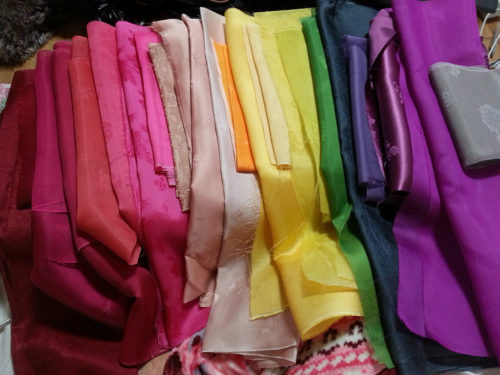IIT B Finds Microplastic in Table Salt Brands: How Your Actions Can Reduce This Threat
Now, there is no definitive way to prevent microplastic contamination in oceans. But to decrease the contribution of microplastics, here are few materials which we can avoid in our day-to-day lives.

A recent study conducted by researchers from Indian Institute of Technology, Bombay, revealed a stomach-churning observation.
The study titled ‘Contamination of Indian sea salts with microplastics and a potential prevention strategy’ reported that samples from eight brands of salt were contaminated with microplastics.
Microplastics are these small pieces of plastic, usually measuring less than 5 millimetres, which arise from gradual degradation of products, either partially or fully made of plastic.

The IIT-B researchers from the Centre for Environmental Science and Engineering found 626 microplastic particles in the tested samples which accounted to 63.76 micrograms or 0.063 milligrams of microplastic per kilogram of salt tested.
The study suggests that the microplastic was present in seawater and was not added during the manufacturing process.
Now, there is no definitive way to prevent microplastic contamination in oceans. Even the smallest plastic object present will contribute to seawater microplastics. And its effects are seen on the dwindling conditions of aquatic life, where microplastic can be confused for food.
The same study also illustrates how microplastics can be removed from salts by using sand filtration. But to decrease the contribution of microplastics, here are few materials which we can avoid in our day-to-day lives.
Synthetic Clothing
The IIT study found that 63 per cent of the microplastic particles were in the form of fragments and 37 per cent were fibres. These microfibres are most commonly present in synthetic clothing like outdoor gear, leggings, and other clothing made from acrylic and polyester, polyamide, spandex
This clothing can shed up to 700,000 fibres in each wash, which contributes to the microplastic tragedy. So instead of using synthetic clothing, one can opt for natural fibres like cotton or wool.
Cigarette butts
Cigarette filters are usually made of small fibres formed of cellulose acetate, a non-biodegradable plastic. Once in contact with water, it starts shedding microfibres.
These cigarette butts, usually used ones, give off dangerous toxins and are a hazardous pollutant of seas. There is no proper way to dispose of them as of now, but there are eco-friendly alternatives.
Glitter
All that glitters may not be gold, but it is certainly plastic!
Glitter is usually made of PET (polyethylene terephthalate) or PVC (polyvinyl chloride) film, which are quite tough, hence very hard to be disposed of.
Instead of the traditional glitter, there are many options available which are not made of plastics but instead made from trees like eucalyptus and also from lentils.
Tea bags
Even tea bags contribute to microplastic pollution as the bags use threads which hold it together are made from fibre. Once disposed of, the rest of the bag degrades, leaving the fibre to its will.
The easy replacement is to use loose tea leaves or use dip containers. You can also ask for tea bags which are plastic free.
Polyethylene cups
Those cups that you get at tea stalls to Mcdonalds are made out of layers of polyethylene. Polyethylene is one of the largest contributors to plastic pollution. The cups and even some packaging material are not biodegradable and hence very easily contribute to microplastic.
The easy way to avoid such packaging material, and cups is to replace them with reusable mugs and tiffin boxes.
In this modern age, plastic has laminated itself into our daily lives. It seems that we simply cannot lead a plastic-free life. But there are some which can be avoided for the sake of the environment. If you are looking for better replacements, do check out The Better India Shop which supplies awesome eco-friendly options.
(Edited by Shruti Singhal)
Hey, you may also like:
Like this story? Or have something to share?
Write to us: [email protected]
Connect with us on Facebook and Twitter.
This story made me
- 97
- 121
- 89
- 167
Tell Us More
We bring stories straight from the heart of India, to inspire millions and create a wave of impact. Our positive movement is growing bigger everyday, and we would love for you to join it.
Please contribute whatever you can, every little penny helps our team in bringing you more stories that support dreams and spread hope.



















